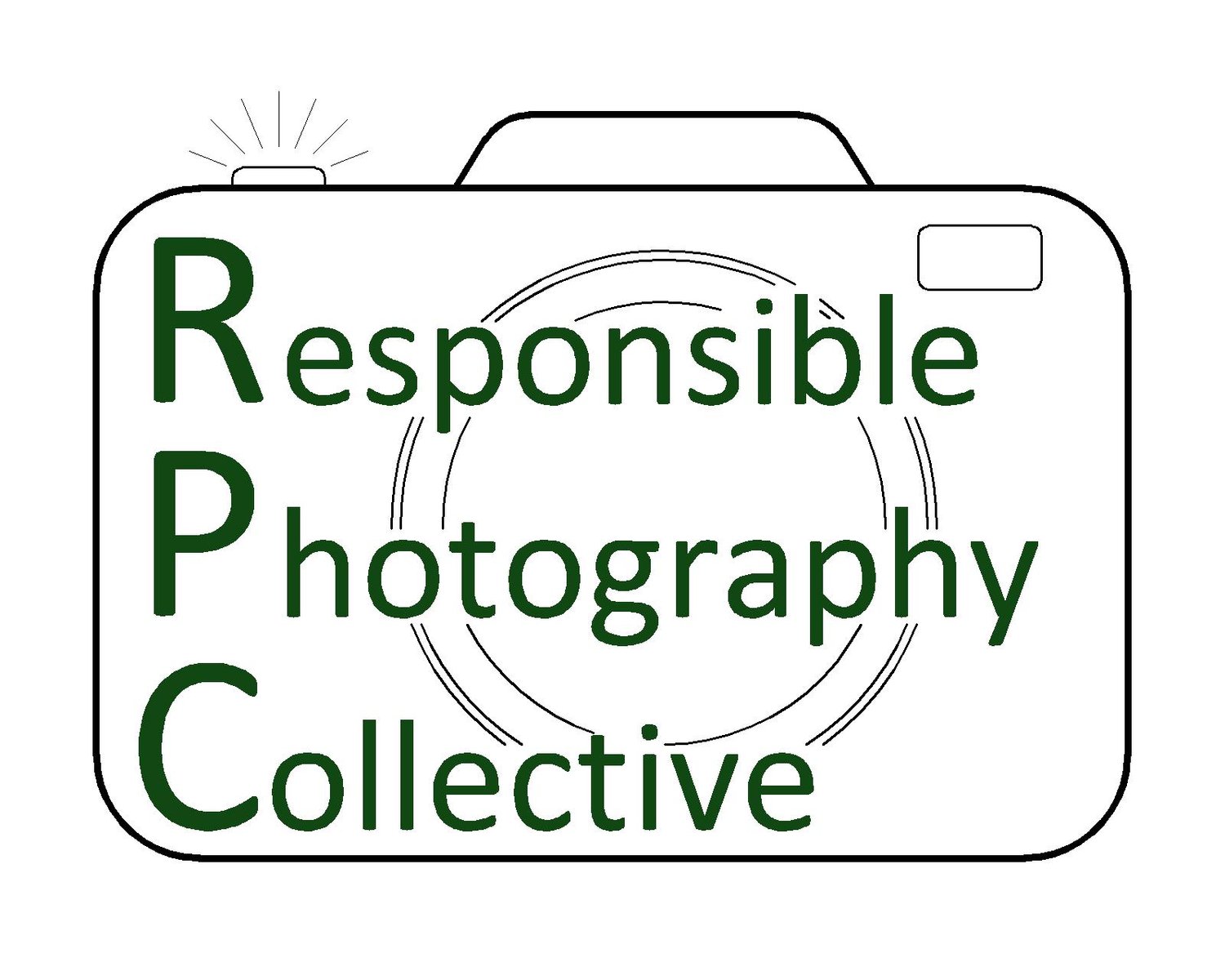Ethical Guide to Leading Photo Tours
By Jennifer Leigh Warner
Like many professional wildlife photographers these days, I generate a bulk of my income from leading photo tours and workshops. These workshops can vary from two week long international tours to one day events at a local park. Although this is a fun and exciting way to make a living as a nature photographer it is still important that we conduct these tours in a safe and ethical way.
Cheetah (Acinonyx jubatus) photographed in Masai Mara, Kenya, during a photo tour.
If you are thinking about adding tours and workshops to your photography business consider these items before you get started.
Discuss Your Personal Ethics Beforehand
It is important to be upfront with your guests, before the tour begins, about how you will be conducting yourself in the field. Not everyone has the same standards for ethical field practices, so setting an expectation is an important first step. One thing that I find helps is to have a pre-zoom call with all your participants. This helps put everyone’s minds at ease with covering the basic information about your tour and gives them the chance to answer any questions that may come up. This is a great time to discuss what they should expect when in the field.
If you are planning on using bird calls or any other type of attractant to get wildlife closer to your participants, discuss how and why you are planning on doing this. Lures can be anything from water, food, sound or even in some cases light. Additionally if you are planning on using any of these items make sure it is done in a safe, legal and ethical way.
If you are unsure of what impacts it may cause these species you are trying to lure, consult an expert in the field beforehand. If you cannot find someone to consult, consider cutting these activities from your itinerary.
Oftentimes, local naturalists may have different opinions on what is considered ethical when in the field. It is important to discuss what the expectation from the group is ahead of time and not in front of the guests, in order to have a consistent mode of understanding.
*Note most attractants are strictly prohibited in National Parks.
Alaskan Brown Bear (Ursus arctos) Lake Clark National Park, Alaska
Safety First
Although there is always an element of danger when it comes to nature photography, as a tour leader it is your responsibility to conduct the tour in a safe manner. This means following strict guidelines for how close you will get to certain species. For example, in Yellowstone National Park, it is the law that you must stay at least 100 yards from bears and wolves and 25 yards from all other wildlife. As the guide, it is your responsibility to ensure that not only you are following these rules, but that your guests are following these rules as well.
It is also important to be prepared for unexpected events. Carry a first aid kit and know how to use it, in the event that something comes up. Guests may have different sensitivities to the elements than you, so be aware of any changes to elevation, stinging and biting insects that live in the area and exposure to the sun.
Artist Point on the south rim of the Grand Canyon of the Yellowstone in Yellowstone National Park, Wyoming
Get Your Paperwork in Order
Leading others into nature, means that you need to make sure you have all the proper documentation required by local, state and national governments. For some locations this means obtaining a park permit, for others you may be required to pay a special use fee. Look up these requirements well in advance. For many natural areas you will need to get these permits as much as a year in advance.
Additionally you should have photo workshop insurance and a first aid certificate in case anything goes wrong. Many park services make these as a requirement to obtain the permit.
I would also suggest requiring your guests for any extended traveling that they get personal travel insurance as well. This can be very helpful in the event of any emergencies or disruptions to your trip.
A baby Amazonian manatee is being bottle fed at Centro de Rescate Amazónico (CREA) in Iquitos,Peru.
Support Local Communities
Whether you are traveling within your home town or in other parts of the world, consider how you can incorporate local communities into your tour. If you are traveling to another country, hire a local naturalist. If you are making multiple stops, consider taking your guests to a rehabilitation center so that they can see what kind of on the ground work is being done in that community. Eat at local restaurants to support the small businesses in the area and encourage your guests to shop with local crafters instead of shops at places such as the airport. These small acts make a big impact in supporting the communities that we travel within.
Adding these elements to your tour or workshop will not only leave your guest with a positive experience. It will elevate your reputation within the photography community.




